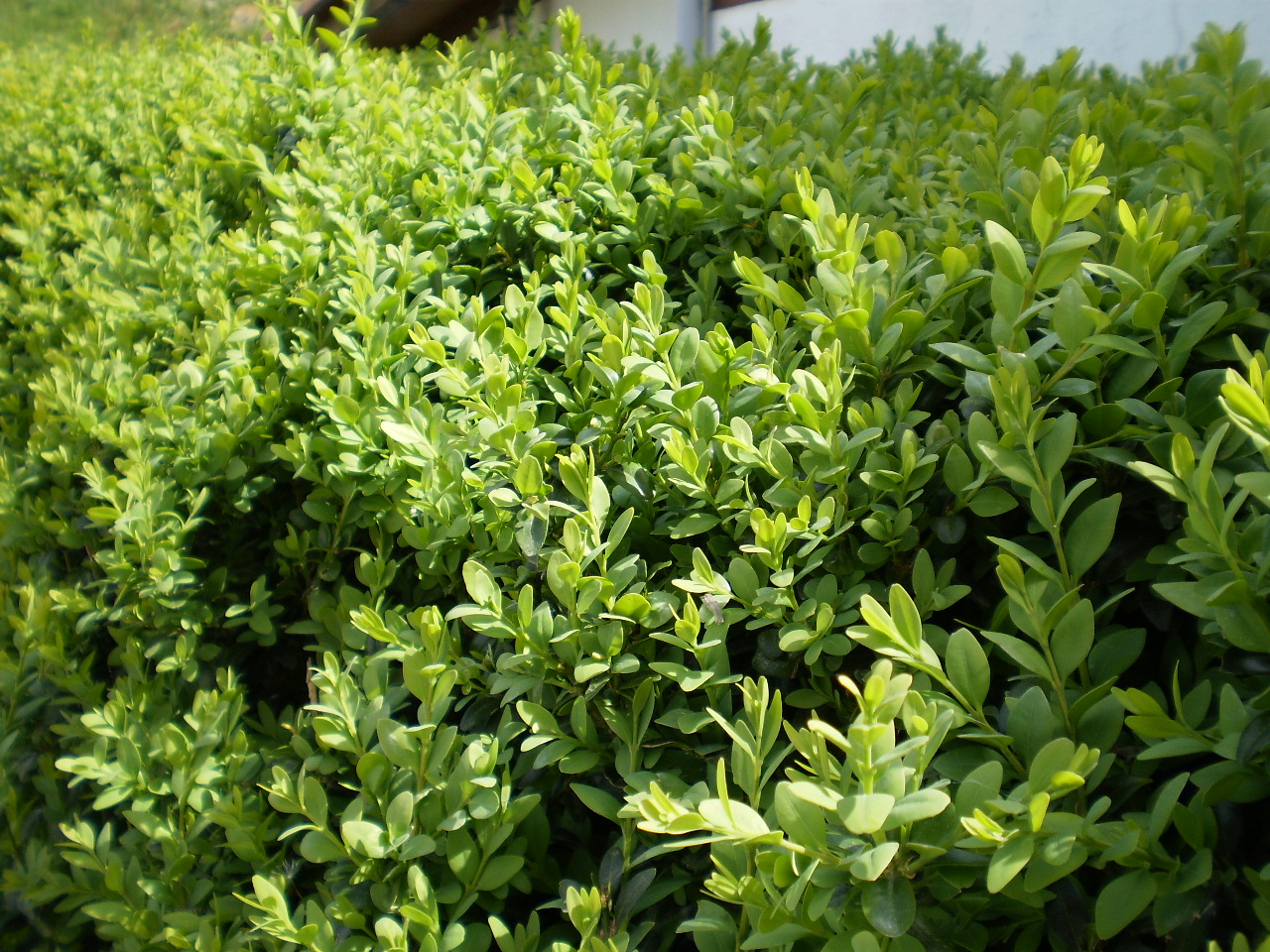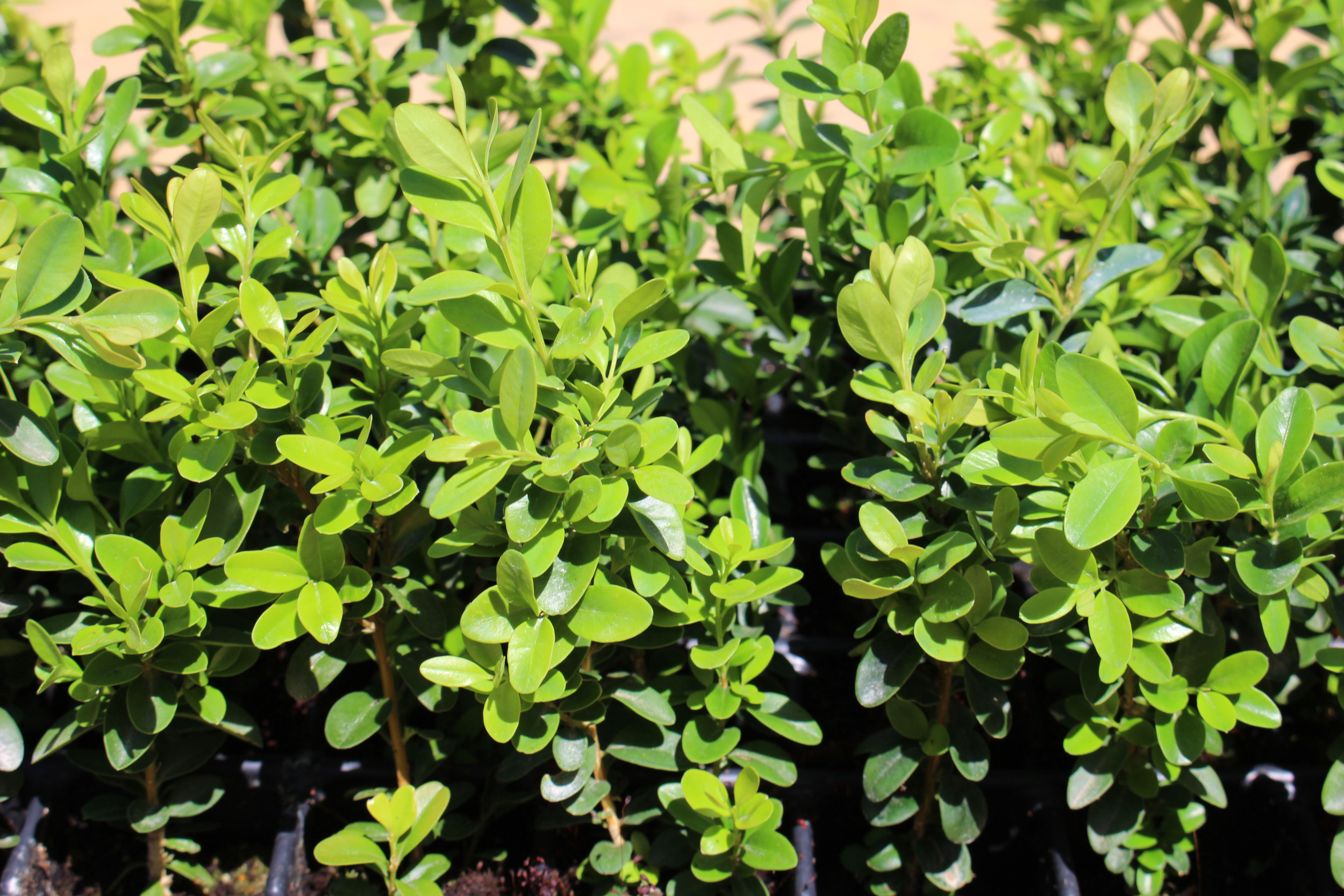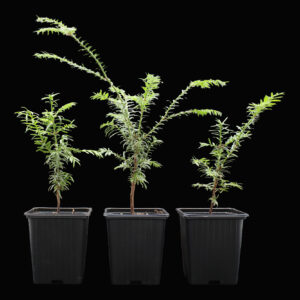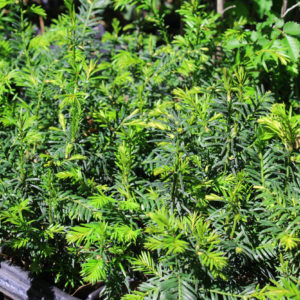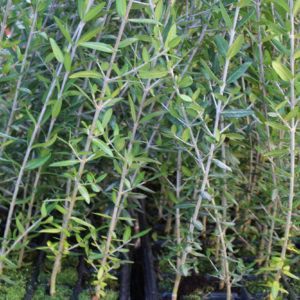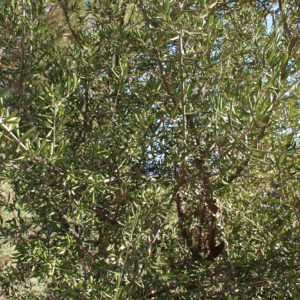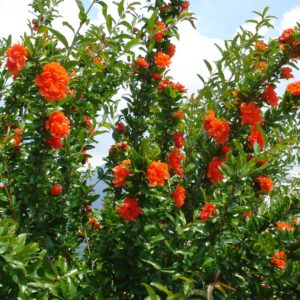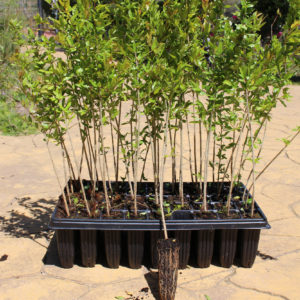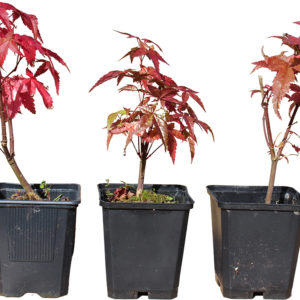Description
Buxus sempervirens, commonly known as boxwood or common box, is a versatile and beloved evergreen shrub that has been cherished in gardens for centuries. Renowned for its dense foliage, compact growth habit, and timeless appeal, this plant species holds a special place in the world of landscaping and horticulture.
Botanical Background:
Belonging to the Buxaceae family, Buxus sempervirens is native to western and southern Europe, as well as parts of North Africa and western Asia. It is characterized by its small, leathery leaves and dense, slow-growing nature, forming neat, clipped hedges, topiaries, and borders. This evergreen shrub typically reaches heights of 1 to 3 meters (3 to 10 feet), with a similar spread, making it ideal for both formal and informal garden settings.
Cultural Significance:
Boxwood has a long history of use in garden design, dating back to ancient civilizations such as the Romans and Greeks. Its versatility, resilience, and ability to be pruned into various shapes and forms have made it a favorite among gardeners and landscapers throughout the ages. Boxwood is often associated with formal gardens, where it adds structure, definition, and a sense of timeless elegance.
Growth Habits and Pruning:
Buxus sempervirens is a slow-growing shrub, typically growing less than 30 centimeters (1 foot) per year under optimal conditions. Its compact growth habit and tolerance of frequent pruning make it well-suited for creating formal hedges, borders, and geometric shapes. Regular pruning helps maintain the desired size and shape, promoting denser foliage and a neat appearance.
Cultivation and Care:
Boxwood thrives in well-drained soil and prefers partial shade to full sun, although it can tolerate a wide range of light conditions. It is relatively drought-tolerant once established but benefits from regular watering, especially during periods of prolonged dryness. Mulching around the base of the shrub helps conserve moisture and suppress weeds. Boxwood is generally low-maintenance, requiring only occasional pruning and fertilization to maintain its health and vigor.
Landscaping Uses:
Buxus sempervirens is valued for its versatility and adaptability in landscaping. It can be used to create formal hedges, borders, and edging along pathways, driveways, and garden beds. Boxwood also lends itself well to topiary, where it can be shaped into geometric forms, spirals, or whimsical designs. Additionally, it provides year-round interest and structure to garden landscapes, serving as a backdrop for seasonal flowers and foliage.
Pests and Diseases:
While boxwood is generally resilient, it can be susceptible to certain pests and diseases, including boxwood blight, leafminers, and mites. Proper sanitation, adequate airflow, and regular inspection are essential for preventing and managing these issues. Choosing disease-resistant cultivars and providing optimal growing conditions can also help mitigate pest and disease problems.
Buxus sempervirens, the boxwood, is a timeless classic in the world of gardening and landscaping. With its dense foliage, compact growth habit, and versatile nature, this evergreen shrub adds structure, elegance, and year-round interest to gardens of all styles. Whether used as a formal hedge, topiary specimen, or border plant, boxwood remains a cherished favorite among gardeners for its enduring beauty and adaptability.
Scientific name: Buxus sempervirens
Common name: Boxwood
Origin: Spain
Height of growth: Up to 3 metres
Hardy: Yes
Heat sensitive: No
Sensitive to wind: No
Suitable as bonsai: Yes
Plant height: 10 – 50 cm
Additional information
| Weight | 033 kg |
|---|---|
| Size | 10-20cm, 20-30cm |
